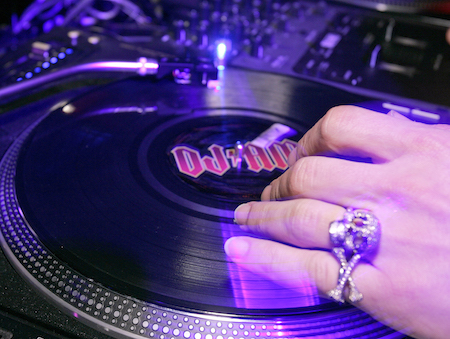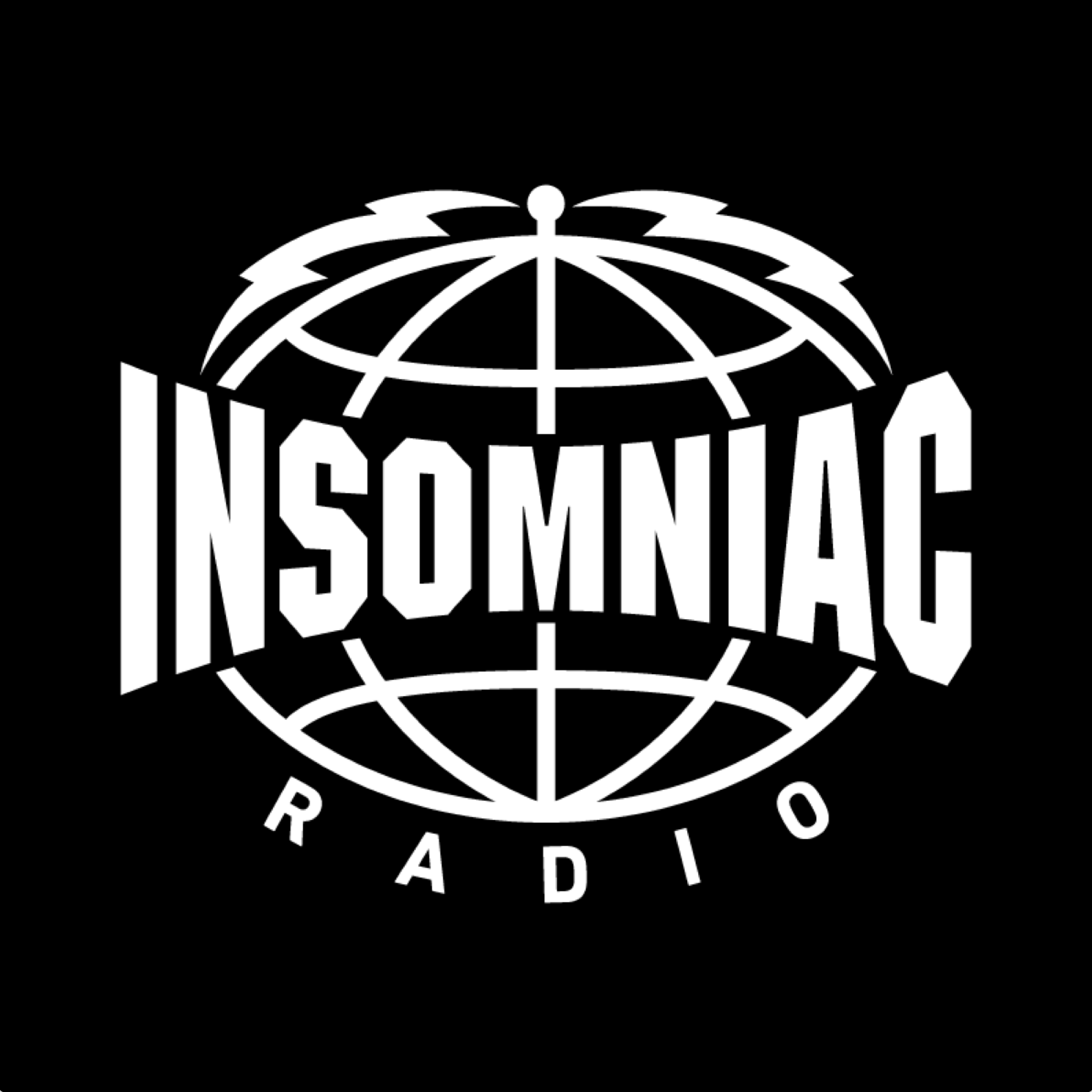The Life and Times of DJ AM, America’s Favorite DJ
In an era before A-Trak, Diplo and Skrillex were on the cover of Billboard, before Steve Aoki was launching cakes, and before Mark Ronson discovered his “Uptown Funk,” DJ AM became the first million-dollar DJ based in the United States. Born Adam Goldstein, he is easily the man most responsible for the open-format style that’s defined America’s recent love affair with electronic music. As a forefather for American DJ/producers, he helped bridge the gap between dance, rock and hip-hop and ascended the role of the DJ from playing dingy, underground spots to rocking festival and big-room stages in Vegas, L.A. and worldwide.
In 2009, a mix of issues with post-traumatic stress disorder (PTSD) dating back to childhood, as well as a series of bouts with drug addiction, spelled a tragic end for Goldstein, who was found dead of a drug overdose in his NYC apartment at the age of 36.
His story is one of hope and celebration—a recovered addict who spent more than a decade sober and became a superstar DJ—one that is now fully explored via a new documentary. Written and directed by Kevin Kerslake, As I Am: The Life and Time$ of DJ AM documents Goldstein’s rise as told through never-before-seen footage, photos, interviews with close friends and colleagues (Mark Ronson, Steve Aoki, A-Trak, Mix Master Mike, Diplo, DJ Jazzy Jeff, Jon Favreau and Dr. Drew, among many others), and a captivating autobiographical speech by AM shortly before his death. As I Am gives unfettered access to the life and legend of DJ AM.
We sat down with director Kevin Kerslake to discuss As I Am and DJ AM, America’s favorite DJ.
Was As I Am your first film foray into electronic music? Are you a dance music fan?
I did a film, Electric Daisy Carnival Experience, with Pasquale Rotella back in 2011. That was the prototype for [the DJ AM film]. It goes back beyond that, though. I shot a lot of shows for various people: AOL, Time Warner, Universal and RealNetworks. I did a lot of the bigger acts like Paul Oakenfold, and that’s going back to the mid- to late-1990s. Before that, I was more into house and heavy industrial music myself, so that’s where my own interests were as a music aficionado.
Were you aware of DJ AM during this time? Or were your dance tastes taking your ears elsewhere?
I was totally aware of him. You couldn’t not be, really! A lot of the clubs I would go to were the underground places he would’ve played earlier in his career. I’m not a big fan of bottle service clubs, and when that culture became so dominant universally, the elements that I appreciate about nightlife weren’t there. I saw AM early on, before he was a star at Las Palmas; and then from there, the bottle service scene in L.A. went atomic.
Speaking of the bottle service vs. underground disconnect, did the DJs interviewed for the film—many of whom now DJ bottle service spots—fondly remember an era when that wasn’t the case?
Everyone had pretty fond memories of what was a really romantic period in everybody’s mind. Underground-to-mainstream dance culture was tugging on genres that were really feeling pretty new, vibrant and alive back then. Adam dug a bit deeper than most, though, being really into ‘80s music, soul and hip-hop. Overall, musically, it was exciting; it was an amazing time to be alive.
If you were into this music and in the clubs, there was a renaissance going on. I think people were very eager to talk about that. On the same note, I think that there was a little dismay about the fact that the virtues of that time have faded. Now, the experience of going to clubs and what EDM has become in its “worst” sense—the button-pushers and bottle service culture—outweighs the excitement that people had about the days of old. People wanted more of what existed in the days of old in the days of now.
Is it possible to put the genie back in the bottle, so to speak, and reclaim those days?
Club culture right now will continue to exist because people have invested in it. There’s a requirement for it to exist on the invested level for a certain level of club owner, musician and DJ. That experience will always be fun, though. You don’t go to Vegas because you want a dirty, underground club. You can find that on the streets of New York or downtown L.A. or whatever town you’re in. The distinction between that type of experience and the mega club or mega event is important because there are virtues to everything. Just because you don’t dig the bottle service clubs doesn’t mean others shouldn’t.
In terms of movements toward, say, a more organic scene, that’s always gotta come from the streets. It can’t be an overarching design. I don’t think the energy that’s invested in squashing something or putting the “genie back in the bottle” is how scenes are born. They seem to be more creative. Putting the “genie back in the bottle” in some ways is a more destructive energy for club culture.
As a creative yourself, what were the lessons from DJ AM you learned from his legacy and work in putting together the movie? How have you applied them since shooting?
I definitely can say that AM became a monster because he practiced like a motherfucker. He would spend hours a day on the decks practicing and practicing, making mistakes and getting better. He was comfortable with the fact that he could recover from mistakes and realize that everything would still be all right. Sometimes, he’d even incorporate the mistakes into his sets. As a filmmaker, I know I incorporate my editing mistakes into my work sometimes. Flaws can be virtuous. Just like AM, I’m not a perfectionist in the way I want to create a flawless piece, because those types of works feel soulless. Sometimes it’s the mistakes that make it feel human. Just like a DJ performing a set, as a filmmaker, my narratives have a lot of human emotional components, and I think having faith in both flaws and perfection is important in best presenting them.
You spoke to famed celebrity doctor and addiction specialist Dr. Drew Pinsky in filming this documentary. Given the nature of AM’s medical issues and his untimely passing, what clarity on those issues was he able to provide?
Drew and AM were close friends. Drew didn’t treat AM, but he had insight into his medical condition, and AM often asked him for advice. Drew obviously has experience dealing with those dealing with addictions and PTSD, so he was helpful. He definitely stepped up for his friend. He gave a very insightful interview in terms of what AM was going through in a clinical sense, as well as just as an observer of AM’s life. He offered the foundation of our understanding in the film for what AM was mentally going through, as well as what he was professionally going through, too. The science of understanding recovery has a lot of blind curves, and Drew was important in helping us see around them.
Do you feel like you truly encapsulated all of AM’s life in this documentary? Is there anything you feel could be fleshed out more? How did his friends and family respond to this overall?
There are always things you’d like to explore deeper. I do feel like we were able to create a comprehensive portrait o f AM. Several of AM’s friends are represented in the film and worked on it with me. They believe 100 percent in how the story’s told. For me, that’s the most important thing: The people closest to him believed this measured up to AM in every single frame.
Learn about the As I Am Indiegogo campaign here.
Marcus K. Dowling is a lifelong DJ AM fan. Follow him on Twitter.
Follow As I Am on Facebook | Twitter
Follow Kevin Kerslake on Twitter



